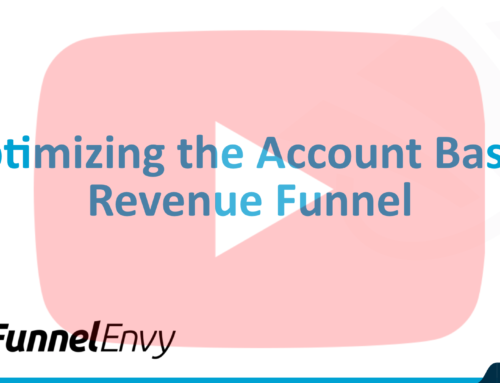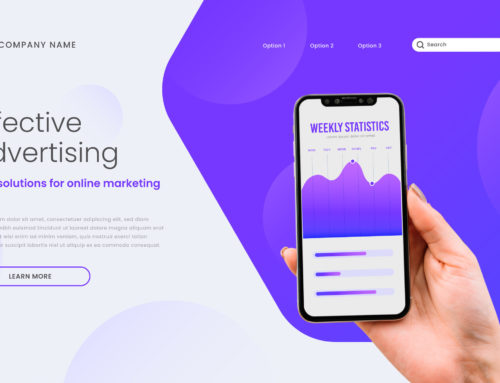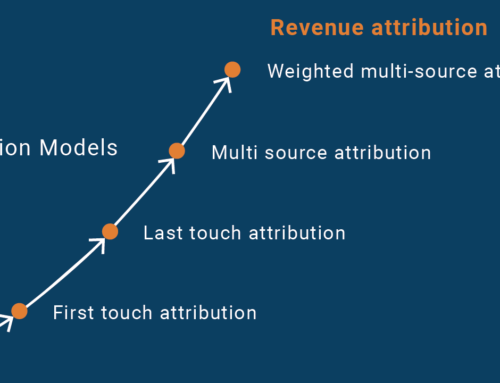Frustrating, isn’t it?
You’ve followed all the advice, have a sales funnel you’ve optimized the hell out of and yet see next to no real gains in revenue.
It’s enough to make you want to throw in the towel.
You’ve taken all the right steps, so what’s missing?
Well, the problem could have a number of different causes. But if your funnel is as well optimized as can be, the problem is most likely going to be with your traffic levels.
This isn’t Field of Dreams. Building a kick ass funnel doesn’t ensure sales success. It’s only one part of the larger equation. For your sales funnel to be effective, you need to be directing traffic to it.
There are plenty of options on how best to do this, PPC, Social Media, and SEO optimization are three of the most favored options. However, today I want to talk about content marketing. Or, more accurately, how to produce some kick ass content that gains views, likes, shares but most importantly, conversions.
Photo credit: Deathtostock
If you’re content’s anything less than kick ass, then it’s going to get lost in the cacophony of competitor voices out there. The question is, what steps can you take to ensure that your content is the very best it can be?
The Best Marketing Tells a Story
Human connections are the driving force behind successful businesses.
Throughout human history storytelling has been an effective method for building relationships and keeping an audience engaged. When it comes to your marketing, storytelling bolsters the relationships you’re forming with an audience making the later marketing and sale of your products far easier.
However, storytelling in sales isn’t drafting a 10-page sales letter about the historical trials and tribulations of your brand. It’s something far more subtle than that.
Good storytelling offers a quick snapshot into how your company or product came to be. It offers insight into your company ethos and values that attract prospects who have a similar outlook.
Your story can take many forms, however, at its core it should always, always focus on the customer. It sounds backwards I know, but when you’re trying to sell a product or an idea to someone, they need to see how it affects them. Talking about yourself doesn’t build desire but in fact often achieves the opposite.
When it comes to storytelling with your content, you need to place your prospects in the lead role. Your company is nothing more than a supporting character.
One of the best examples out there of effective brand storytelling can be seen in all of GoPro’s marketing materials. Rarely do they mention the actual product. Instead, GoPro demonstrates their brand values and the passion it shares for the interests they share with their primary customer base.
GoPro is the quintessential example of a brand that manages to tell their story and outline who they are without saying a single thing. They’re masters of one of the hardest elements of storytelling, show, don’t tell.
Their marketing demonstrates in the most memorable way how GoPro is the best product around for capturing incredible moments ranging from Gardening with Grandpa to skydiving in a monkey suit.
The Rule of Three
When it comes to telling a story, the number three is the magic number.
Some of the most famous quotes, successful stories, and popular fables all rotate around a three-part structure. Why? Because three-part structures help with the retention of key information. Take the below famous phrases as an example:
- “Friends, Romans, Countryman”
- “Mind, body, spirit”
- “Sex, drugs, and rock and roll”
See. All have three components and are known by nearly everyone you know. But it’s not just famous phrases that this rule applies to. Take a look at the quotes we all take from influential people.
More often than not, the most pertinent and memorable of these quotes are based around a three-part structure. Here’s one from the incredibly quotable Winston Churchill.
Success is not final, failure is not fatal: it is the courage to continue that counts.
Short, sweet and memorable. And of course, it’s based around a basic three-part structure.
I could go on and on with the rule of three. Popular stories such as Three Blind Mice, The Three Musketeers and many more all use the number three. We divide fictional narratives into a three act structure. The number three has a long connotation with popular stories that people remember.
The rule of three helps create concise patterns that are, above all else, memorable.
Thinking in terms of three’s won’t ensure that your content is engaging and memorable, but it offers the framework that gives you a much higher chance of creating something that leaves a lasting impression.
It Needs to Offer Something of Value
Stories are a great way of grabbing attention, but it’s not just about crafting a nice little tale for your readers.
The stories you tell have to possess some sort of message that offers useful advice to your audience. Something that can also be seen in the world of fiction.
The most successful novels offer more than just simple entertainment. They contain a lesson for us all. Yes, their primary purpose is to entertain and enthrall, but at their core they hold attention because they foster an understanding of ourselves. That’s their real value.
I think Stephen King summed it up best when offering a concise comparative review of Harry Potter and the Twilight series.
Harry Potter is arguably the better piece of literature because it forces us to examine ourselves and our actions.
Of course as online marketers we’re not trying to win any literature prizes or even the adoration of one of the world’s favorite author. However, the lesson is the same. Content, in any form, has to offer something of value for it to stand the test of time and continue to attract positive attention.
That value doesn’t need to be something as explicit as a detailed lesson in X, Y or Z. In fact, value can take many forms such as:
- A new perspective
- Aspirational Value – Encouraging readers to dream bigger and better dreams
- Social Value – Giving you something that your social circle will find interesting thus giving you a social standing boost
The list of value you’re able to offer with your content is vast and varied. However, regardless of what it is you’re writing you need to ensure that there is at the very least some value offered to your readers.
It Grabs Attention at a Glance
I’m heading back into the well-established realm of CRO with this one.
Engaging content has to grab attention at a glance. There’s no point in spending hours and hours crafting an incredible piece of content only for it put people off as soon as they click through from your SERP headline.
Attention obviously starts with your headline. A poor headline garners a poor CTR, which means no one reads the content you’ve created.
Thankfully headline advice is some of the most prevalent copywriting advice out there. I’m not going to recover one of the most talked about topics in copywriting. Instead, I’ll link to some great pre-made formulae and list five characteristics of kick ass headlines.
- Use Numbers
- Numbers grab attention. If you’re going with a listicle, I always find that odd numbered lists work better
- Interesting Adjectives
- You’re describing what your content can do for your reader. Use interesting adjectives to capture attention and build desire
- Use Sub Heads
- A headline on its own is great. But building on the initial interest with a sub head that also boosts clarity
- 7 Words +/- 2
- That means your headline should have between five and nine words. According to The Guardian, eight-word headlines performed best overall
- Keep them Clear
- You can’t capture attention if no one knows what you’re talking about!
After you’ve got your headline, you need to ensure that your content is easily readable. Again, this is all well covered, but I’ll gloss over the main points once more.
- Use Images
- Proper use of images is a well-known tactic that’s proven to drastically increase conversions
- Format Text Appropriately
- When writing for a web-based audience short paragraphs and adequate spacing are proven to get a higher level of engagement.
Obviously the most important aspect of your content will be the message it’s delivering. However, without proper formatting and presentation no one is going to read it.
It’s Never About You
Have you ever seen an episode of Dragon’s Den or Shark Tank where some young wannabe inventor brings in a product that has no wider use.
Sure the product seems like a great idea to the “wantrepreneur,” but outside of their own little world, there’s absolutely no market or interest.
Your wider audience doesn’t care about how your product is good for you. They don’t care about content that focuses on you and your problems. They’re looking for something that appeals to them and their needs that also solves their problems.
It’s the most basic of principles in copywriting, but one that’s often forgotten.
Even with a stunning three-part structured story, actionable lessons, and beautiful design, no one is going to enjoy content that doesn’t help them in some way.
Before taking any of the other actions outlined in this post, you need to take the time to dig into audience research to find exactly what makes them tick.
If you want your content to bring in an engaged and interested crowd, you need first to find out what that audience finds interesting.
Engagement in a Nutshell
Conversions are driven by an engaged, interested audience.
We all know the basic principles for an engaging piece of copy, but following the actions someone else has taken isn’t a recipe for success.
No, this is where you need to get involved.
If you want to increase engagement and conversions then here’s what you do:
- Research your audience. Know what they like, what they don’t like, understand their problems and know what solutions are and aren’t available to them.
- Look at your current marketing approach. Is it bland business speak or interesting story-driven marketing? Ask yourself how you can incorporate your solution and the problems your audience faces into your brand story.
- Ensure that with every piece of content you create there’s some form of value for your customers. If there’s not, then they’re not going to read it.
It can be a lot of work to establish a solid system for engaging content. But it’s well worth the time and effort and will increase your overall conversions.









